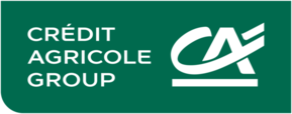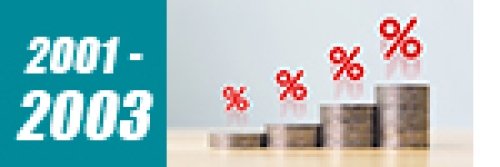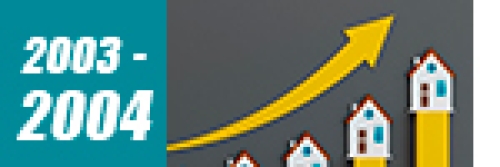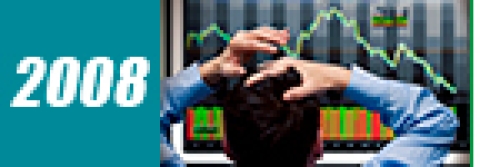-
View article
 #ACT2028
#ACT2028Olivier Gavalda, Chief Executive Officer of Crédit Agricole S.A., explains ACT 2028
2025/11/18
- #Real estate
- 2020/08/07
- 0
-
0
French housing market cycles over the past 30 years
The first major property crisis, triggered by the Gulf War.
The crisis, which went on to affect property for seven years, triggered the collapse of many property developers as well as a fall in property prices and supply. However, it was a boon for institutional investors like Predica, which took advantage to buy up stock from developers at very low prices.
Growth in France remained weak and prices were low. The highly attractive Périssol tax incentive gave investor demand a boost at a time when housing stock was declining. Construction of new homes picked up.
France was targeting growth of 1-2% driven by construction and real estate.
Supply increased, as did prices.
France had a change of government. The housing market stagnated and interest rates rose.
The Périssol scheme was replaced by the Besson scheme, which was more focussed on social housing and less attractive to investors, who turned away from property.
The De Robien and Borloo schemes revived the property market all over France.
With the financial crisis, the market dried up.
The strength of France’s banks proved to be an asset in this crisis.
The government launched the Scellier scheme on 1 January 2009, helping the market pick up from early 2009 onwards.
The Duflot scheme scared off investors. The similar but better explained Pinel Act revitalised the market.
The COVID-19 crisis put institutional investors back in centre stage. For example, one support package commits CDC Habitat and Action Logement to buy 40,000 and 10,000 housing units respectively from developers.
















